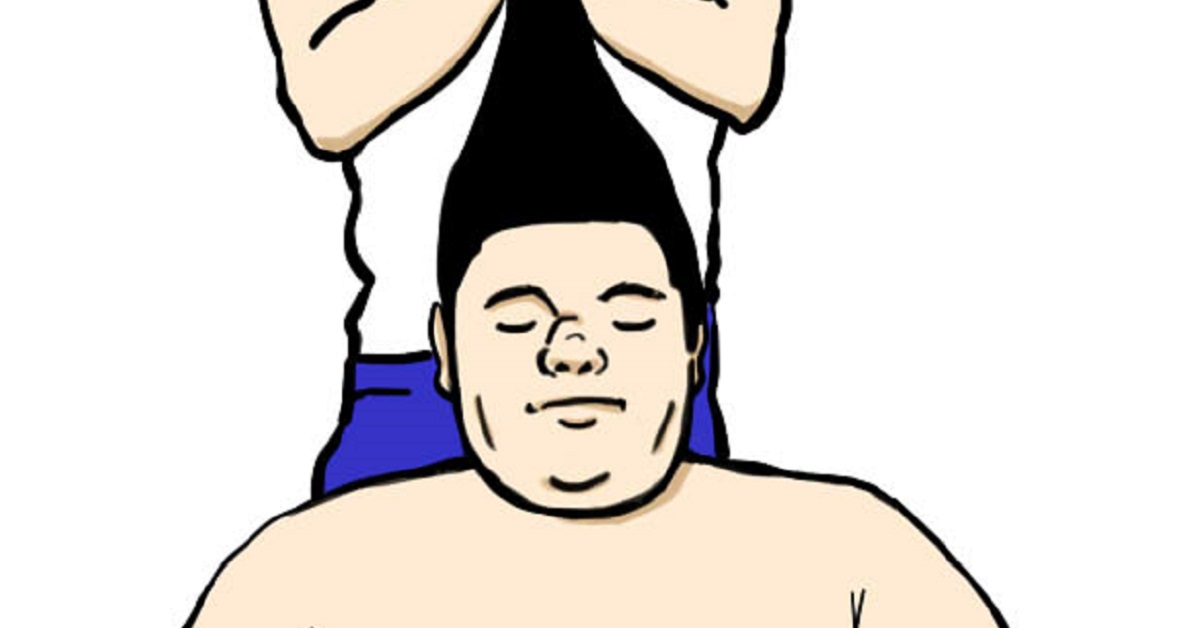In the world of professional sumo, a wrestler’s topknot is far more than just a hairstyle — it is a symbol of tradition, honor, and cultural pride. The Tokoyama, master hairdressers of the sumo world, are responsible for crafting and maintaining these iconic styles. Their work demands precision, years of practice, and deep respect for tradition, ensuring that wrestlers enter the ring with both dignity and strength.
Duties of a Tokoyama
A Tokoyama is a specialist in sumo wrestlers’ hairstyling, an indispensable figure for wrestlers to appear in the ring. For higher-ranked wrestlers, especially Sekitori and above, the Oicho-mage (ginkgo-leaf shaped topknot) is both an emblem of prestige and a display of the Tokoyama’s finest skill.
Main work process
- Wash and dry the wrestler’s hair
- Apply oil and smooth the hair
- Tie it into the Oicho-mage or chonmage style
- Make adjustments and touch-ups after matches
The Oicho-mage must be beautiful in shape yet durable enough to withstand matches. When tying it, a Tokoyama considers the wrestler’s hair type, humidity, and even the shape of the head. A skilled Tokoyama can assess the hair’s condition at a single glance.
| Task | Description | Required Skill |
|---|---|---|
| Washing | Keeping hair and scalp clean | Care and efficiency |
| Oiling | Adding shine and hold | Proper quantity control |
| Topknot tying | Oicho-mage, chonmage, etc. | Advanced tying technique |
| Touch-up | Post-match fixing | Quick response |
Tokoyama Ranking System
Tokoyama have their own ranking system, similar to wrestlers. The higher the rank, the higher-ranked wrestlers they are allowed to style.
| Rank | Description |
|---|---|
| Tokutō Tokoyama | Highest rank — styles Yokozuna and Ozeki |
| Ittō Tokoyama | Styles Sekiwake and Komusubi |
| Nitō Tokoyama | Can style up to upper Maegashira |
| Santō Tokoyama | Styles Juryo wrestlers |
| Yontō Tokoyama | Styles upper Makushita wrestlers |
| Gotō Tokoyama | Apprentice level, mainly training |
To become a Tokutō Tokoyama, one must have many years of experience, exceptional skill, and the trust of the sumo world. Reputation is built through careful daily work and consistent quality.
Entry Requirements to Become a Tokoyama
Anyone who meets the following can apply to become a Tokoyama: male, under 19 years old, and has completed compulsory education. No barber or hairdresser license is needed, and no prior experience is required.
| Requirement | Details |
|---|---|
| Age | Under 19 |
| Gender | Male |
| Education | Completed compulsory schooling |
| Experience | Not required |
| License | Not required |
After joining a stable, a Tokoyama learns under senior craftsmen and the master. Training often takes more than 10 years, with countless hours of hands-on practice before becoming fully qualified.
Qualities and Mindset Needed
Since a Tokoyama is entrusted with a wrestler’s hair, precision and concentration are vital. They must also respect sumo’s unique etiquette and hierarchical traditions.
Key qualities needed:
- Dexterity and fine motor skills
- Cleanliness and hygiene management
- Patience and focus
- Courtesy and humility
A Tokoyama, though working in the background, can influence the atmosphere of the entire ring. A well-styled topknot gives wrestlers confidence and poise during matches.
Appeal of Tokoyama for Foreign Visitors
For many foreign spectators, the Tokoyama’s work represents Japanese tradition at its finest. The topknot is more than just a hairstyle — it is a cultural artifact blending Japanese aesthetics with sumo’s long history.
In sumo tours, visitors sometimes have the opportunity to watch Tokoyama at work. Many are impressed by the speed, precision, and careful handling of tools.
Conclusion
Tokoyama are vital craftsmen who support sumo’s glamorous stage from behind the scenes. They combine skill, experience, and etiquette to uphold the dignity of sumo. For both beginners and foreign fans, understanding the Tokoyama’s role will make sumo matches even more enjoyable.





コメント